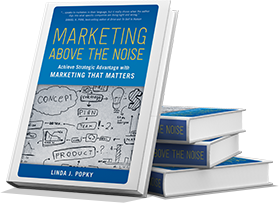| A picture was once worth a thousands words. There was a time when we knew we could believe what we saw with our own eyes.
Not so much anymore. Technology has gotten advanced enough that pictures and videos can be dummied up to appear to show something that isn’t accurate. AI tools can replicate voices to a high degree of accuracy. In some cases, “deep fakes” look and sound awfully real. Then there’s social media. The good news is these tools are available to all of us. The bad news is anyone and everyone can be an expert—creating attractive graphics and charts, and sometimes misinterpreting or misconstruing data. Add in foreign agents, like Russia, China, or Iran, who are supposedly pouring their own misinformation into our daily feeds, and you have, as the British would say, a bloody mess. How do you figure out what’s for real amidst all of this? This is where critical thinking skills are, well, critical:
We may never be able to go back to the good ole days when seeing something always meant it was real. But, if we try, we might just be able to see a more comprehensive picture of reality than the latest Tweet or TikTok video leads you to believe.
|
Check out our marketing leadership podcasts and the video trailer for my book, Marketing Above the Noise: Achieve Strategic Advantage with Marketing that Matters.
|





